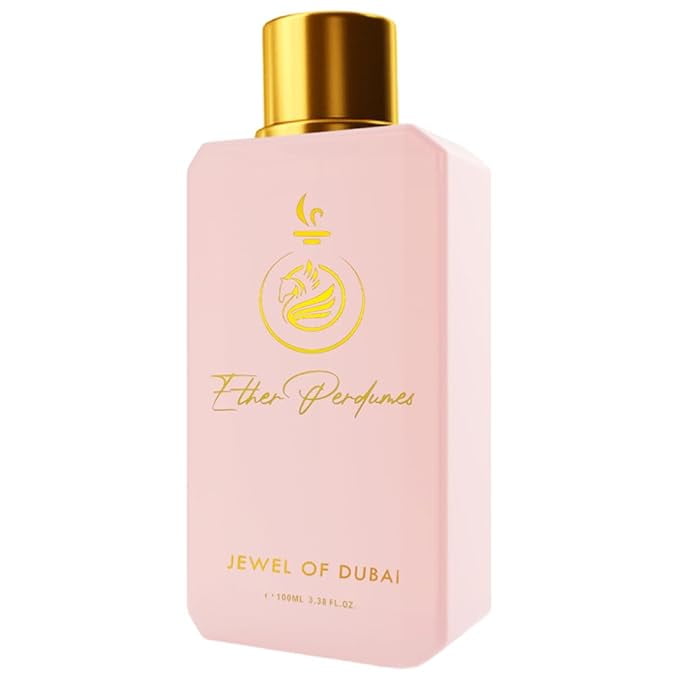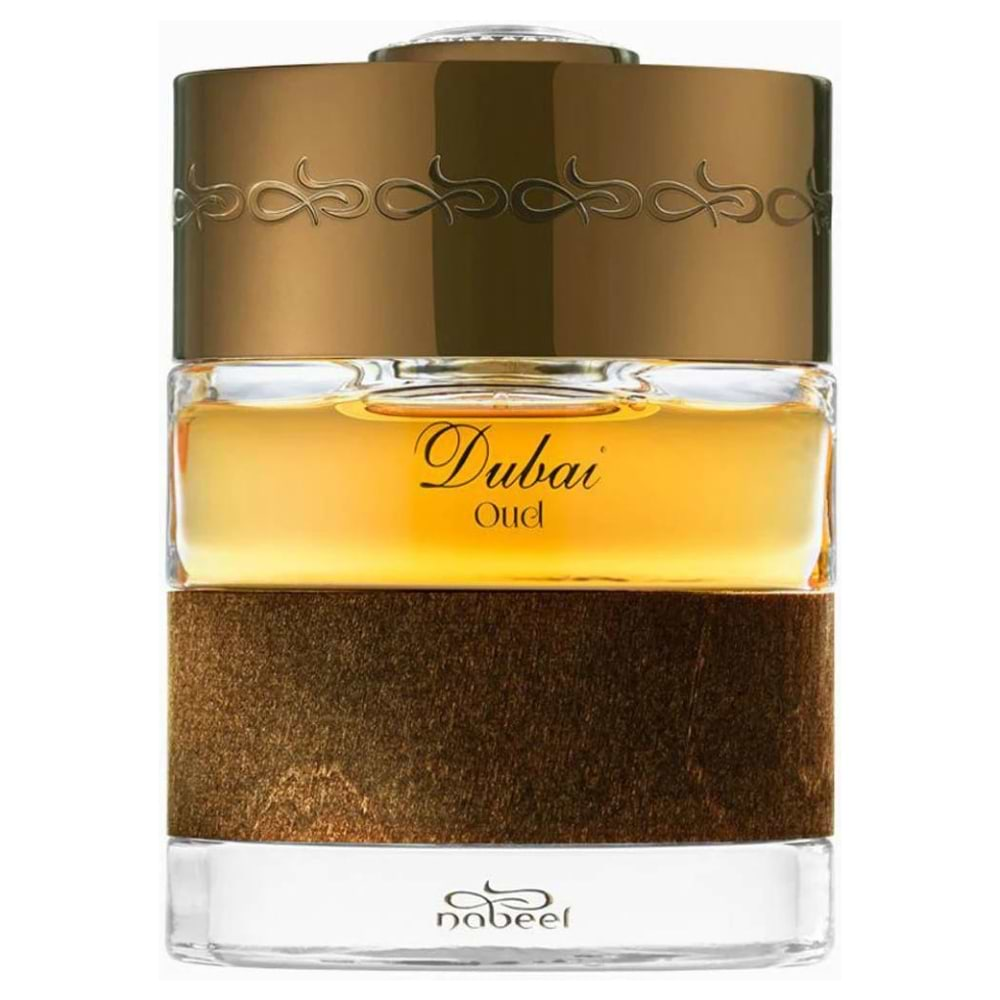Dubai Perfumes: A Guide to one of the most Fascinating Scents
Dubai Perfumes: A Guide to one of the most Fascinating Scents
Blog Article
Experience the Rich, Exotic Fragrances of Dubai Perfumes
The perfumes of Dubai represent an one-of-a-kind convergence of practice and modernity, where the distinguished essence of oud serves as a foundation for a varied variety of fragrances. Each artisanal production not just astounds the senses yet also tells an abundant cultural heritage, attracting from classic strategies and indigenous ingredients.
The Essence of Oud
Oud, typically described as "liquid gold," is a great smelling material acquired from the heartwood of the Aquilaria tree, which is native to Southeast Asia and the Middle East. This beautiful substance types when the tree undergoes a fungal infection, prompting it to create a dark, fragrant resin as a protection device. The resulting oud is highly valued for its rich, intricate fragrance account that can vary from sweet and woody to smoky and balsamic, making it a foundation of Center Eastern perfumery.
Oud has an enduring social importance, usually used in conventional events and as a symbol of high-end and class. Its attraction is not just as a result of its distinct scent however likewise its rarity; high-grade oud can regulate astonishing prices in the global market. The extraction process is labor-intensive, with sustainability worries arising from overharvesting of Aquilaria trees.
In modern perfumery, oud has transcended its traditional boundaries, inspiring a brand-new wave of scents that include its distinct notes. Because of this, it has become an essential component for both particular niche and mainstream perfume residences, astounding a varied target market worldwide.
Traditional Attars Explained
Perfumes crafted in the Center East usually include a rich tradition that extends beyond modern-day synthetic scents. These focused fragrance oils are obtained from herb sources, such as flavors, flowers, and herbs, usually with methods like heavy steam purification or enfleurage.
Attars are commonly alcohol-free, making them appropriate for numerous cultural techniques and choices. They are understood for their long life and richness, frequently lasting for hours or also days after application (Dubai Perfumes). Common active ingredients include sandalwood, rose, jasmine, and brownish-yellow, each contributing unique notes that integrate beautifully in each blend

Artisanal Craftsmanship in Perfumery
The art of crafting fragrances is a precise procedure that needs not just creative thinking yet likewise a deep understanding of scent composition. In Dubai, this artisanal craftsmanship makes use of centuries of tradition, where experienced perfumers, referred to as "mukhalliq," mix their know-how with an innate feeling of scent. Each fragrance is a special development, mirroring the artisan's vision and the area's rich cultural heritage.
Artisans start their job by choosing premium resources, frequently sourced locally and worldwide. The mindful option process makes certain that each active ingredient adds to the fragrance's intricacy and deepness. Methods gave through generations, such as maceration and distillation, are used to remove the significance of these materials, enabling the perfumer to record their true personality.
In addition, the blending process is an art in itself. It includes not only the specific mix of notes but likewise the capability to stabilize toughness and subtleties, developing a harmonious scent account Extra resources - Dubai Perfumes. The end product is a testament to the artisan's skill and commitment, causing fragrances that are not simply items but evocative experiences that tell a story of their origin and workmanship
Special Active Ingredients of Dubai Fragrances
Crafted with an extraordinary blend of virtuosity and practice, Dubai scents are differentiated by their one-of-a-kind ingredients, most of which are deeply rooted in the region's history and culture. Central to these aromas is oud, a resinous wood from the Aquilaria tree, renowned for its abundant, complicated aroma. Taken into consideration a deluxe, oud is usually combined with other components to produce deepness and refinement.
Another staple is amber, valued for its cozy, sweet notes that stimulate a feeling of convenience. It's often integrated with spices like saffron and cardamom, including an unique style that shows the vivid markets of Dubai. Floral notes, such as rose and jasmine, likewise play a significant function, instilling the perfumes with a fresh, delicate essence that stabilizes the larger base notes.
Additionally, natural oils originated from herbs and fruits, such as bergamot and basil, add to the general profile, enhancing the fragrances with stimulating and bright touches. These ingredients, selected for their quality and social relevance, make certain that Dubai scents are not just aromas yet represent an abundant tapestry of custom and sensory experience.

Cultural Relevance of Dubai Perfumes
Symbolizing an abundant cultural heritage, Dubai perfumes serve not only as individual accessories yet likewise as icons of identity and custom. In an area where fragrance plays a critical duty in life and social interactions, these scents show the worths and custom-mades of Emirati society. Generally, the art of perfumery has been a revered craft, gave via generations, and deeply intertwined with the area's history.
Perfumes hold substantial value during unique events such as wedding celebrations, religious events, and cultural events. The act of gifting fragrances is an usual technique, demonstrating regard and love amongst friends and family. Moreover, the distinctive aromas frequently evoke memories of heritage, linking individuals to their origins and common origins.
On top of that, Dubai's perfumes find out are characteristic of the blend in between old practices and modernity. As the city becomes a worldwide center for business and tourism, the fragrance market has developed, mixing standard components with modern strategies. Thus, Dubai perfumes not just represent the significance of the region's cultural identification yet likewise envelop its dynamic spirit, making them a source of satisfaction for locals and an inquisitiveness for visitors.
Conclusion
In description verdict, Dubai fragrances envelop a rich tapestry of social heritage and artisanal craftsmanship. The unified mix of oud, flower, and spicy notes creates a distinct olfactory experience that goes beyond mere fragrance, representing identification and practice. Each fragrance functions as a narrative, showing the region's background and worths. The distinct active ingredients and traditional attars contribute to the allure of these scents, strengthening their value in both neighborhood and international contexts.
The perfumes of Dubai represent an unique assemblage of custom and modernity, where the distinguished essence of oud serves as a foundation for a varied range of scents.Perfumes crafted in the Center East typically include an abundant custom that prolongs beyond modern-day synthetic fragrances. These fragrances are often stored in luxuriant containers, showing the cultural significance and aesthetic worth of the fragrance itself.The art of crafting perfumes is a precise process that requires not only creative thinking yet additionally a deep understanding of fragrance make-up.Embodying a rich social heritage, Dubai perfumes serve not just as individual adornments yet also as signs of identity and practice.
Report this page